If you’re setting custom functions on older Canon EOS bodies—film or early digital—you’re unlocking hidden options that make these classics feel surprisingly modern. This guide is a practical, model-aware walkthrough that shows you how to access, set, reset, and creatively use Custom Functions, with notes on differences between models and a mini buying guide to choose the right body for your style.
What Custom Functions do on older Canon EOS cameras
On classic Canon EOS film bodies and early DSLRs, Custom Functions are tucked-away setup options that change how the camera behaves. Think button roles (like back-button AF), autofocus behavior, exposure step size, mirror control (mirror lockup), and even how a film camera handles rewinding. They’re small toggles with big impact.
Why they matter: a few settings can give older cameras near-modern ergonomics and steadier results—separating AF from the shutter button for better focus control, using mirror lockup for sharper long exposures, or selecting 1/3-stop increments when you need fine exposure nudges.
Differences at a glance: film EOS models display C.Fn numbers and values on the top LCD or in the viewfinder; early DSLRs move these into the rear menu. Function names are broadly similar across the system, but the numbers and groupings vary by model, so always cross-check your manual by function name, not number alone.
Anecdote: I remember shooting inside a quiet gallery and a simple tweak—disabling the focus confirmation beep—kept me discreet and in the moment without drawing eyes every time the AF locked.

Which older Canon EOS models support Custom Functions
Most mid- and high-tier film EOS bodies include Custom Functions: EOS-1V/1N, EOS 3, EOS 5 (A2/A2E), and the EOS 30/33 (Elan 7/7E) families are safe bets. Entry-level film bodies vary. Early DSLRs like the EOS 10D/20D/30D, 5D (Classic), and 350D include Custom Functions in the menu, with deeper control as you move up the range.
A note on Personal Functions: some pro film bodies (EOS-1 series) add extra “Personal Functions” that historically required service tools to set. Our focus here is on user-accessible Custom Functions you can change without special gear.
Tip: the numbering map differs by model. Use your manual’s function index to match the description to the correct C.Fn entry.
Anecdote: moving from a basic body to an EOS 3 gave me the mirror lockup and AF customization I’d been missing. Overnight, the camera adapted to my shooting—rather than me working around its limits.
How to access and set Custom Functions on film EOS bodies
While the exact buttons differ, the pattern is consistent: enter Custom Function mode, scroll to the function number, choose a value, then confirm. Many higher-tier film bodies have a dedicated C.Fn button; others use a button combo (often involving MODE/SEL) plus the main/quick dials to select the function and change its value. Watch the top LCD or viewfinder display for the current C.Fn number and its setting. A half-press of the shutter or a SET press typically saves the change—again, consult your manual for the precise sequence.

- Install a fresh battery (low power can prevent saving settings).
- Switch to a stills mode (not self-timer or with a timer running).
- Note current C.Fn values before changing (snap a photo of the LCD).
- Change one function at a time and test.
- Confirm save before powering off.
Anecdote: the first time I enabled mirror lockup on a film EOS and paired it with a remote release on a tripod, my night skyline shot snapped into crisp detail—no more micro-blur from the mirror. If you need support gear, see our Tripods and remotes for steadier shots.
Tripods and remotes for steadier shots
How to access and set Custom Functions on early Canon DSLRs
On classic DSLRs, head to MENU > Custom Functions. Some models group them (C.Fn I–IV). Navigate to a function, press SET, choose the option, and press SET again to confirm. Names and locations vary by model tier, so rely on the description rather than the number. If your camera offers My Menu, add your frequently changed items there for quicker access.

- Switch to P/Av/Tv/M to ensure all options are available.
- Disable live view or flash menus while editing C.Fn (if active).
- Test changes on a simple scene to verify behavior.
- Record your baseline setup (photo of each C.Fn screen).
Anecdote: moving AF to the rear button transformed my street work—I could pre-focus, recompose, and shoot instantly without the shutter refocusing at the wrong moment. On some early DSLRs, look for a setting named “Shutter/AE lock button” (often labeled as C.Fn-04 on certain models).
Shopping for a digital body with deep custom settings? Browse used Canon DSLR bodies.
Essential Custom Functions to try first
- Back-button AF: separates focusing from the shutter, letting you lock focus and shoot at will.
- Mirror lockup: reduces vibration for long exposures and macro. Pair with a sturdy support and a remote release.
- Exposure step size: choose 1/3-stop for precision or 1/2-stop for speed and simpler shot notes.
- Safety shift (if available): lets the camera nudge settings to avoid over/underexposure when limits are reached.
- AF point selection and wrap-around: speed up moving through AF points without getting stuck at the edges.
- Film leader out on rewind (film bodies that support it): convenient for darkroom workflows and bulk loading.
- Release without lens (some DSLRs): needed for adapted/manual lenses and bellows—use with care.
- Flash sync tweaks (rear-curtain, slow sync): create natural motion trails in low light.
Anecdote: switching to 1/3-stop increments on a bright bridge scene let me hold a delicate highlight on the water that 1/2-stop steps kept blowing—tiny adjustment, big difference.
Resetting and troubleshooting Custom Functions
On early DSLRs, look for MENU > Clear all Custom Functions (wording may vary). On film bodies, either set each Custom Function back to “0” or use the model’s clear-all procedure if provided in the manual. If a C.Fn won’t save or a menu is greyed out, replace the batteries, remove battery grips, and ensure you’re in a supported shooting mode.
Most bodies store C.Fn in non-volatile memory, so they usually survive a battery swap. Time/date and some preferences may reset separately. If a behavior seems off after tweaks, revert your recent changes or do a full C.Fn clear to isolate the cause.
Anecdote: after a puzzling exposure hiccup on my 20D, a full C.Fn reset and a quick re-setup solved it immediately—one mis-set safety feature was quietly fighting my manual settings.
Model tier differences: how deep do Custom Functions go?
Pro film bodies (EOS-1 series) and enthusiast models like the EOS 3 and Elan 7 families offer more Custom Functions than entry-level cameras. The same holds for early DSLRs: EOS 10D/20D/30D and the 5D (Classic) go deeper than entry-level Rebels. Function names tend to match across generations, but numbers and availability differ—always verify via the manual’s list. Some pro film bodies also have additional Personal Functions beyond standard C.Fn options.
Anecdote: graduating from an entry EOS to a higher tier felt like removing the training wheels—suddenly I could tailor AF behavior, dial increments, and mirror control exactly to my shooting.
Creative ways to use Custom Functions
- Landscape and astro: mirror lockup plus a 2-second timer on a sturdy support for pin-sharp stars and cityscapes.
- Candid/street: back-button AF and a disabled AF beep for quiet, responsive shooting.
- Macro: mirror lockup and manual focus; on DSLRs, enable “release without lens” for adapted optics.
- Action: AF point wrap-around with faster exposure steps for quick, intuitive adjustments.
- Film workflow: leader-out rewind to speed darkroom handling or bulk reloading.
Anecdote: one of my favorite motion portraits came from enabling rear-curtain sync—ambient trails flowed naturally behind the subject, and the final pop froze a crisp expression.

Buying guide: choose an older EOS with the right Custom Functions
Start by defining your must-haves—mirror lockup, back-button AF, safety shift, leader-out rewind—and confirm the specific model supports them. Ergonomics matter: a rear dial, dedicated buttons, and a clear top LCD make changing settings much smoother. Check the condition of dials, buttons, and LCDs, and verify you can enter and save a C.Fn. Finally, ensure system fit: EF lens compatibility and accessories like remote releases and tripod plates should match your workflow.
- List your top 3 Custom Functions and confirm support.
- Test C.Fn entry, change one value, and save.
- Verify mirror/shutter sounds normal with mirror lockup.
- Check AF-ON/AE-L buttons for back-button AF usability.
- Confirm film rewind options (film bodies) or full menu access (DSLRs).
Looking for a film body that fits your list? Shop classic EOS film cameras. Prefer digital flexibility? Browse used Canon DSLR bodies. And don’t forget support gear: Tripods and remotes for steadier shots.
Anecdote: I chose my current EOS because it combined a responsive rear dial with mirror lockup and easy back-button AF—three small features that made it feel tailor-made for my work.
FAQs
How do I access Custom Functions on older Canon EOS?
Film bodies: use the C.Fn button or the specified button combo, scroll to the function number, change the value, and confirm. Early DSLRs: MENU > Custom Functions, select, set, save. Always cross-check your manual for the exact steps per model.
Which older Canon EOS models support custom settings?
Most enthusiast/pro film bodies (EOS-1V/1N, EOS 3, EOS 5, Elan 7) and early DSLRs (10D/20D/30D, 5D Classic, 350D) include them; depth varies by tier. Entry-level models may have fewer functions.
Can Custom Functions improve shooting on Canon EOS film bodies?
Yes. Mirror lockup for sharper long exposures, back-button AF for better focus control, 1/3-stop exposure steps for finer adjustments, and leader-out rewind for streamlined film handling all make a noticeable difference.
How do I reset Custom Functions on older Canon EOS?
On DSLRs, use “Clear all Custom Functions” in the menu. On film bodies, set each function to 0 or follow the model’s clear-all procedure in the manual. After resetting, power-cycle and test.
Do Custom Function numbers match across models?
No. The same behavior may be assigned different numbers across models. Use the function name and description in the manual rather than relying on the number.
Will Custom Functions persist after removing the battery?
Usually, yes. Many bodies store C.Fn in non-volatile memory. Time/date and some preferences may reset, but C.Fn often remain. Verify with a quick test after a battery swap.
What if my film EOS mentions Personal Functions?
Personal Functions are additional pro-level options on some EOS-1 series bodies that historically required service tools to set. Standard Custom Functions remain user-accessible.
Find an older EOS body with the Custom Functions you need.
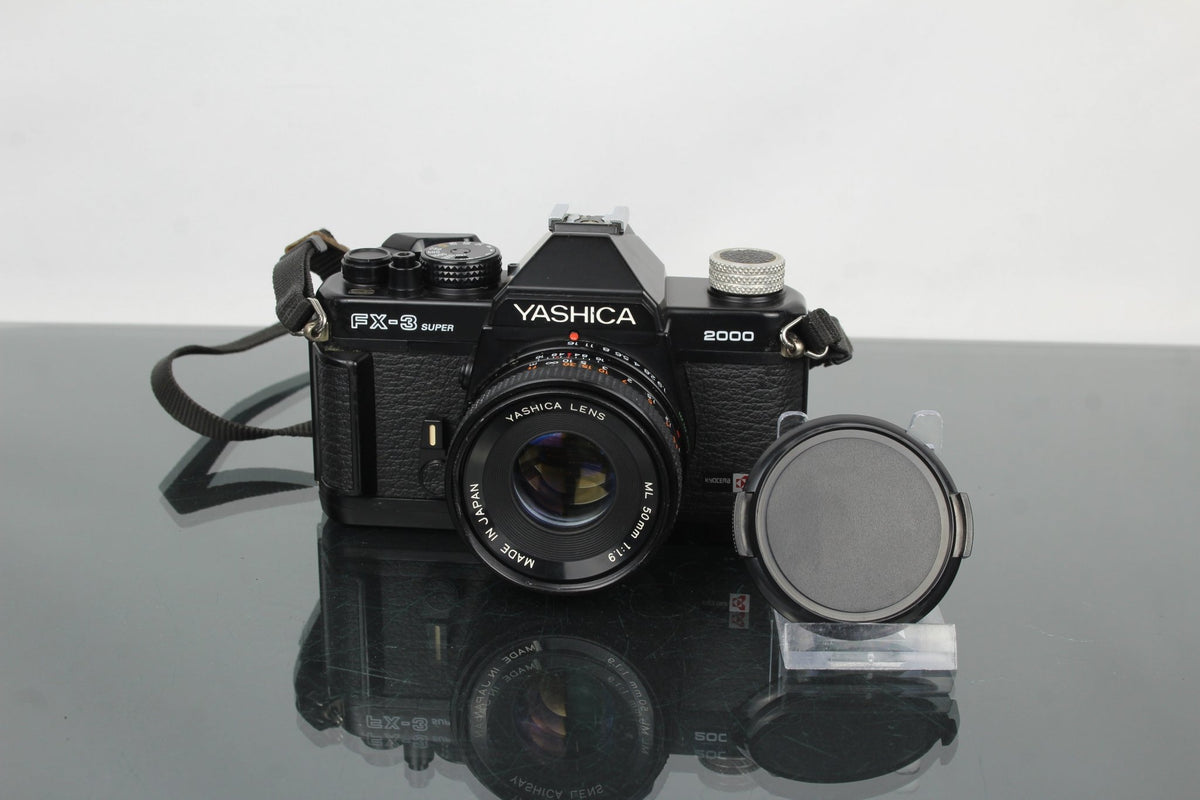
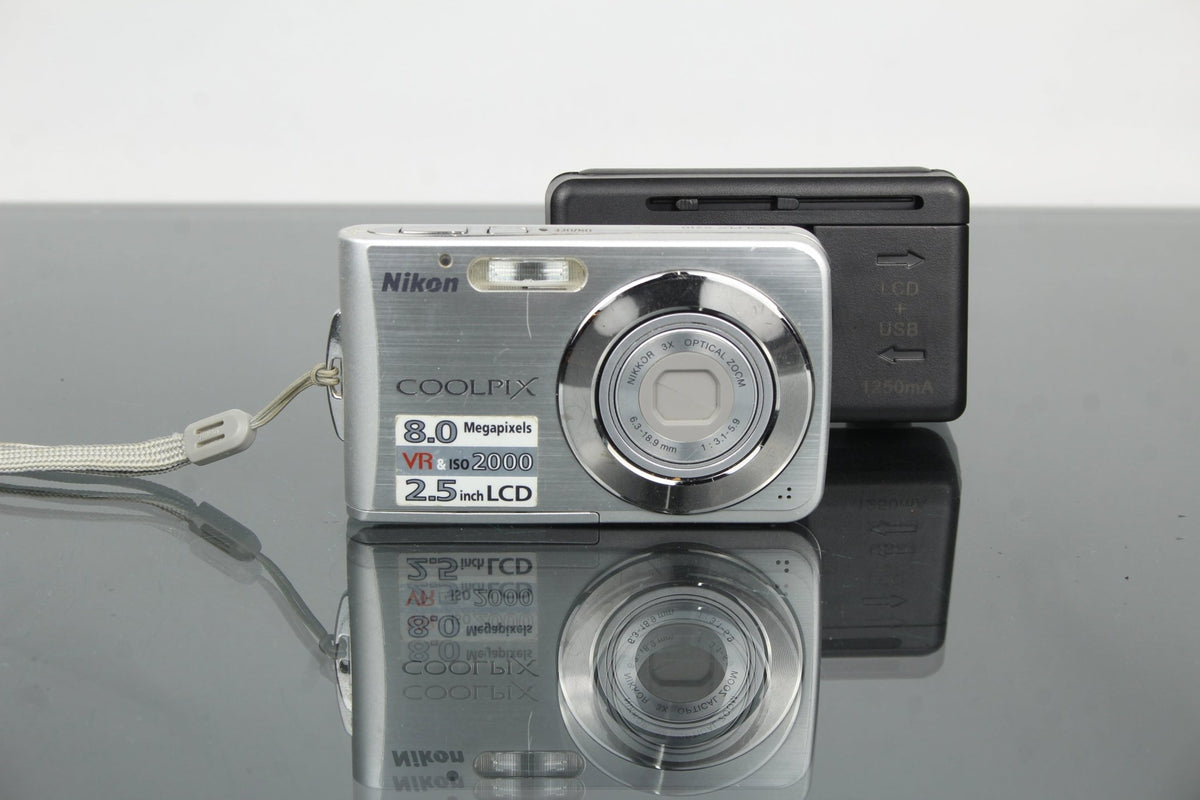
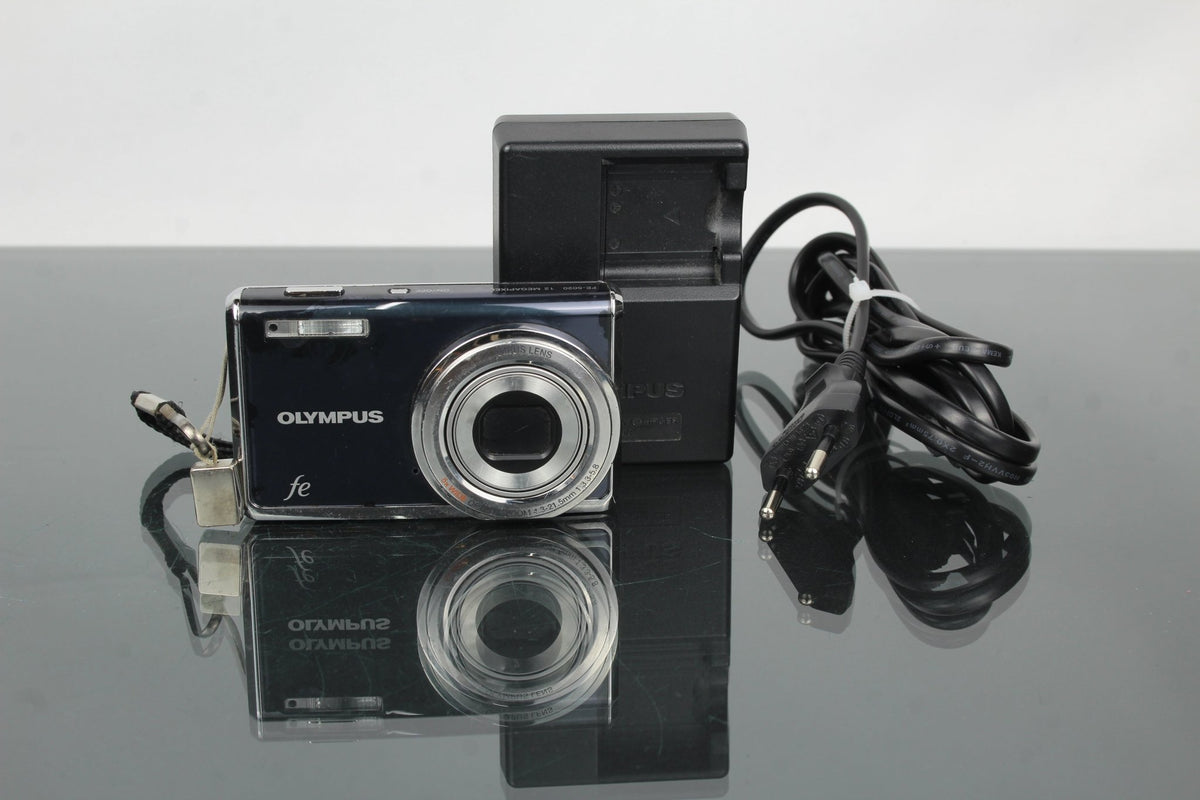
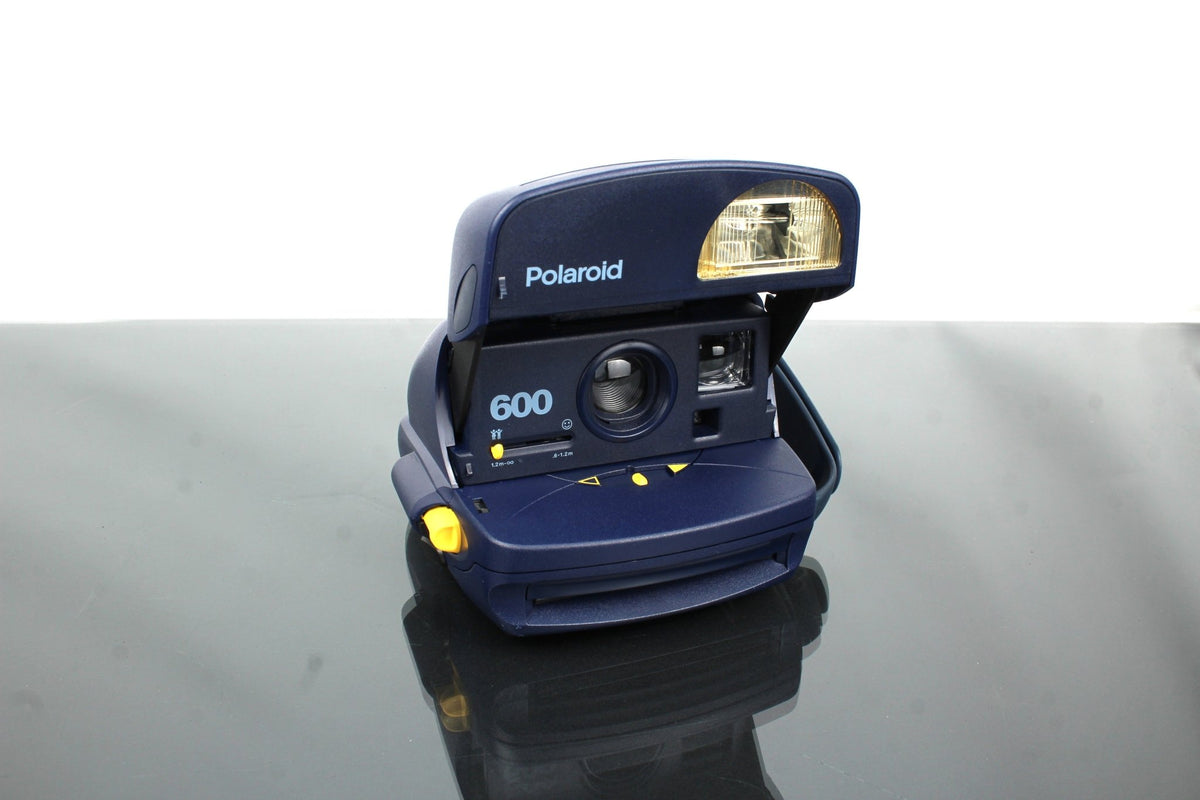
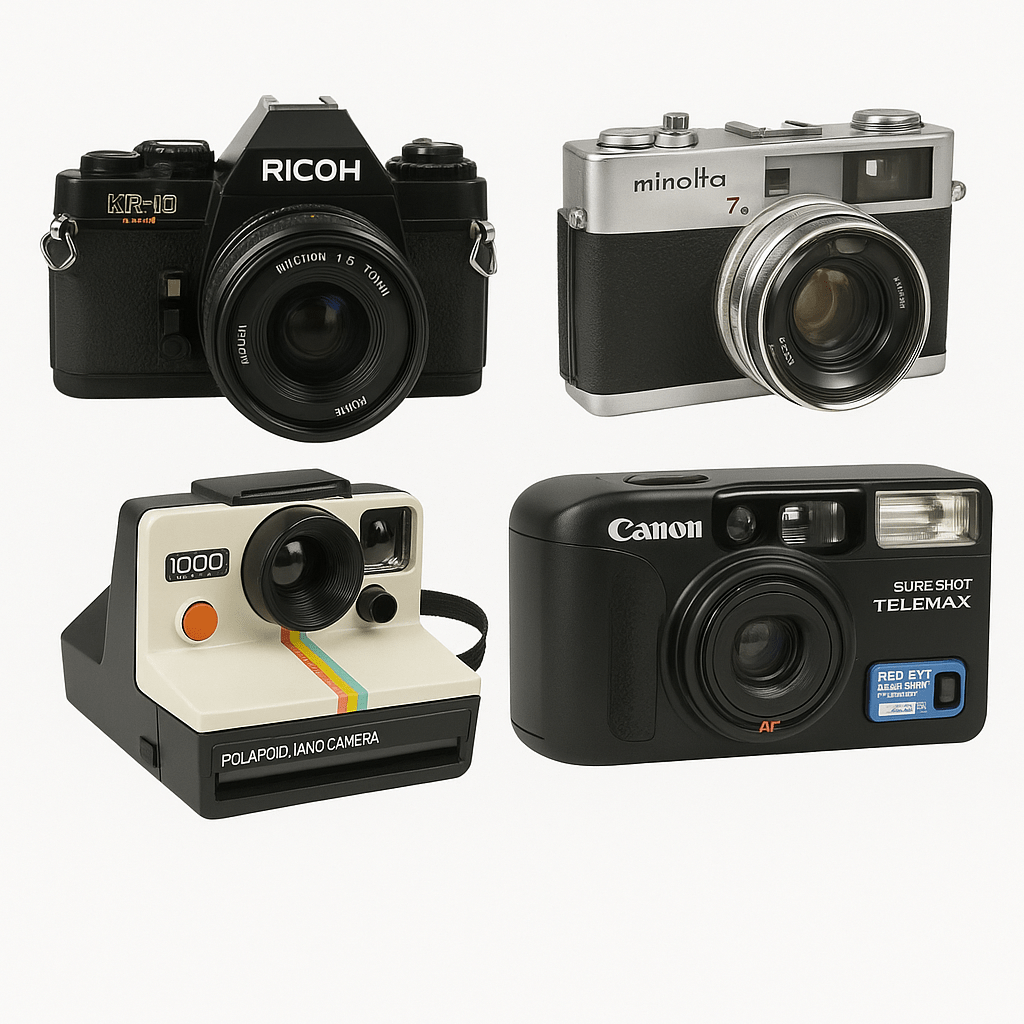
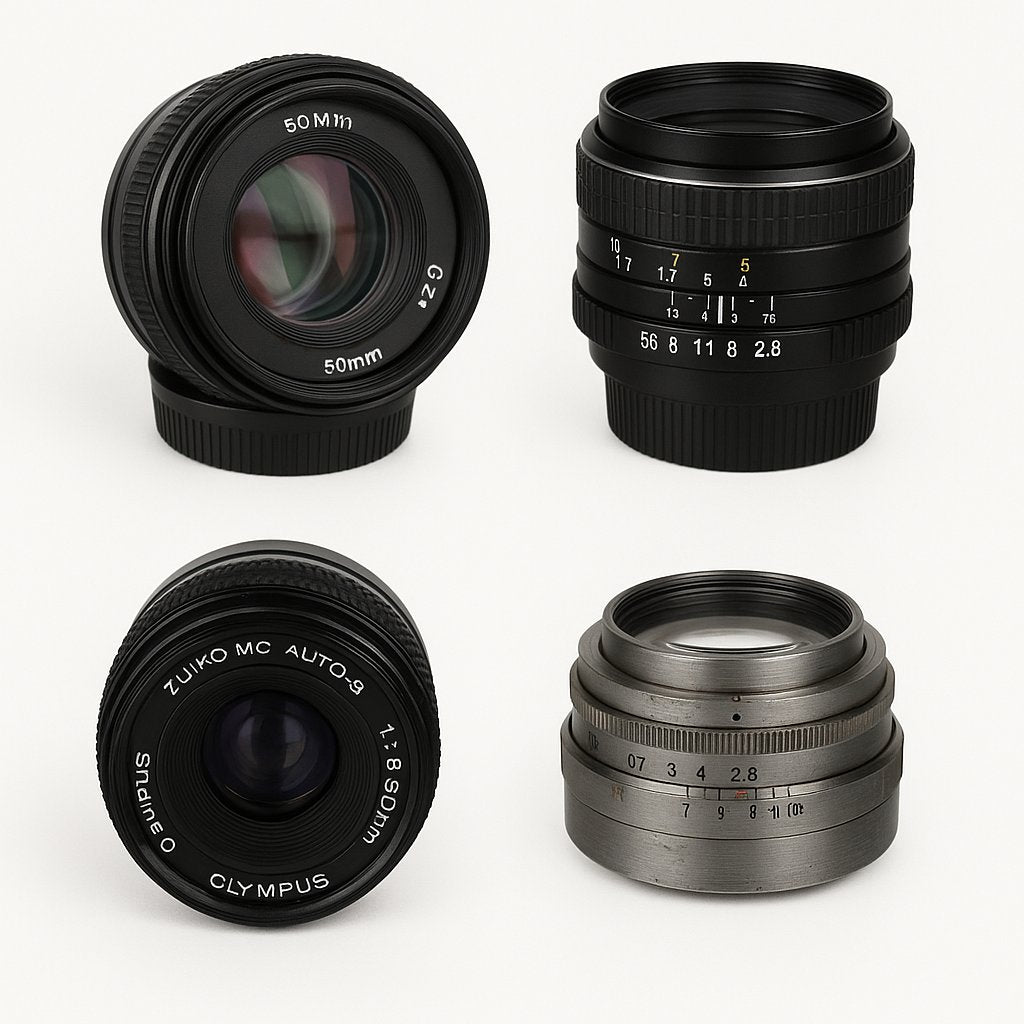
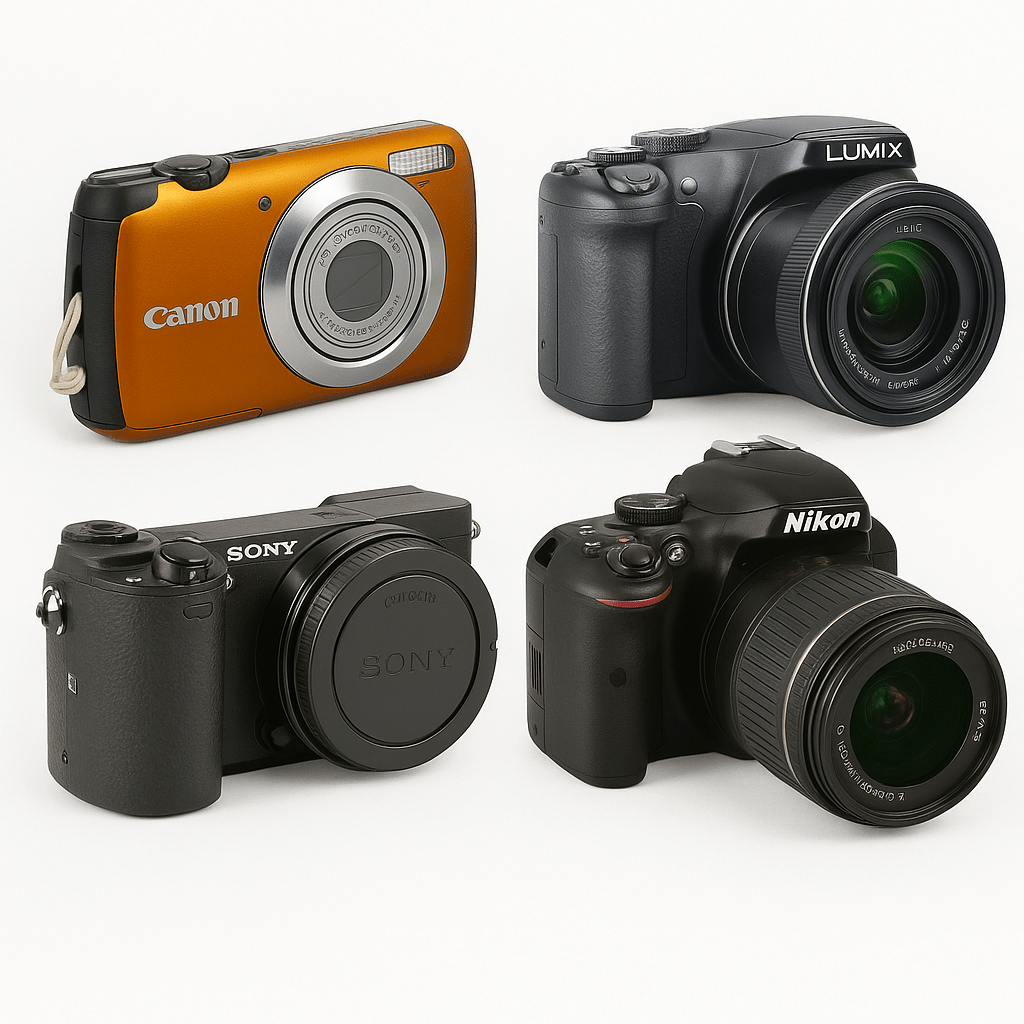
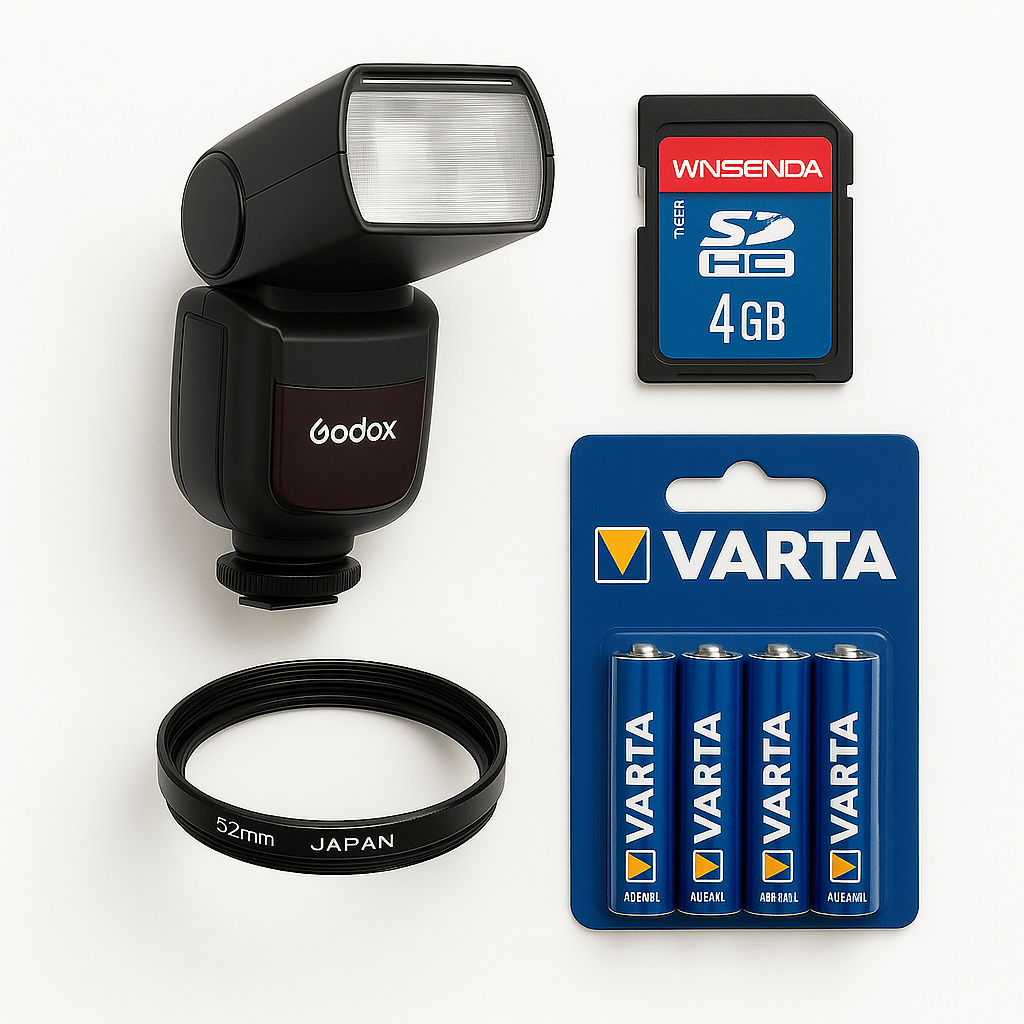

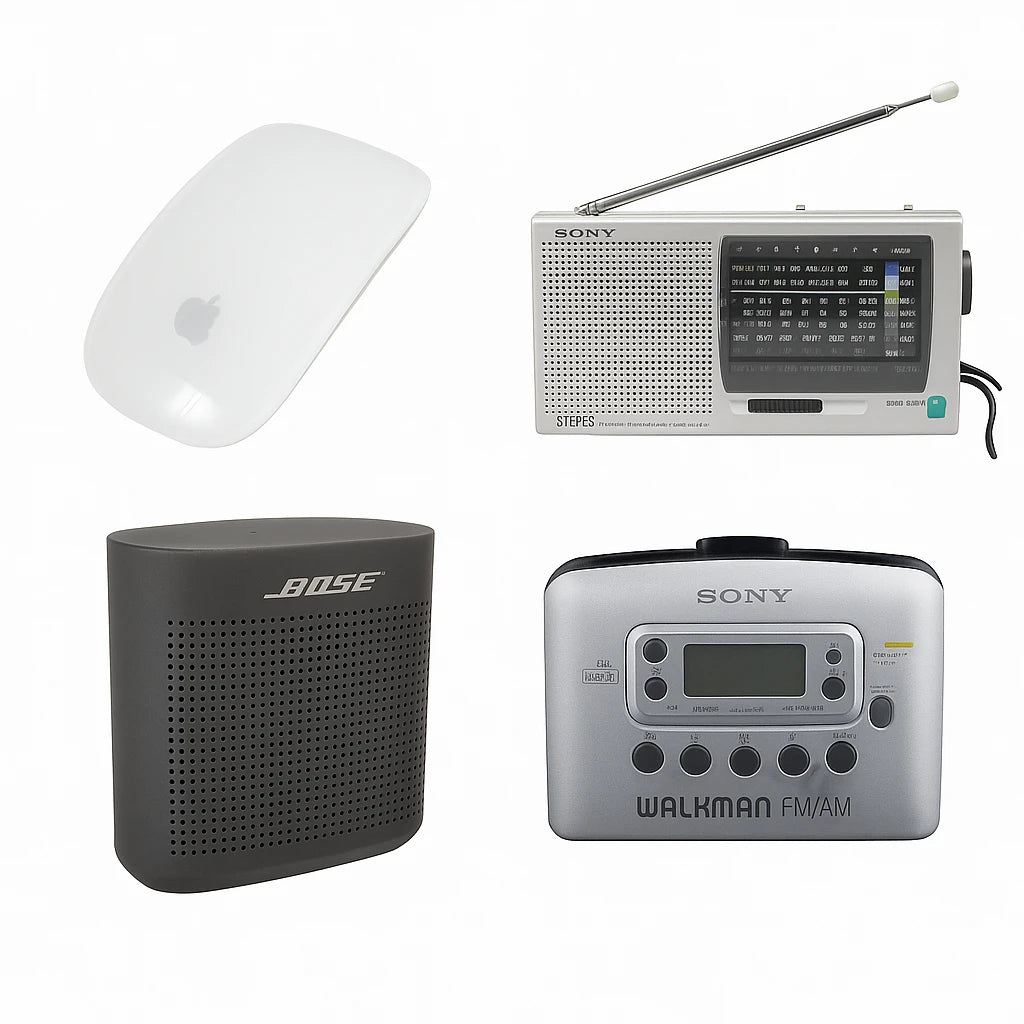
0 comments